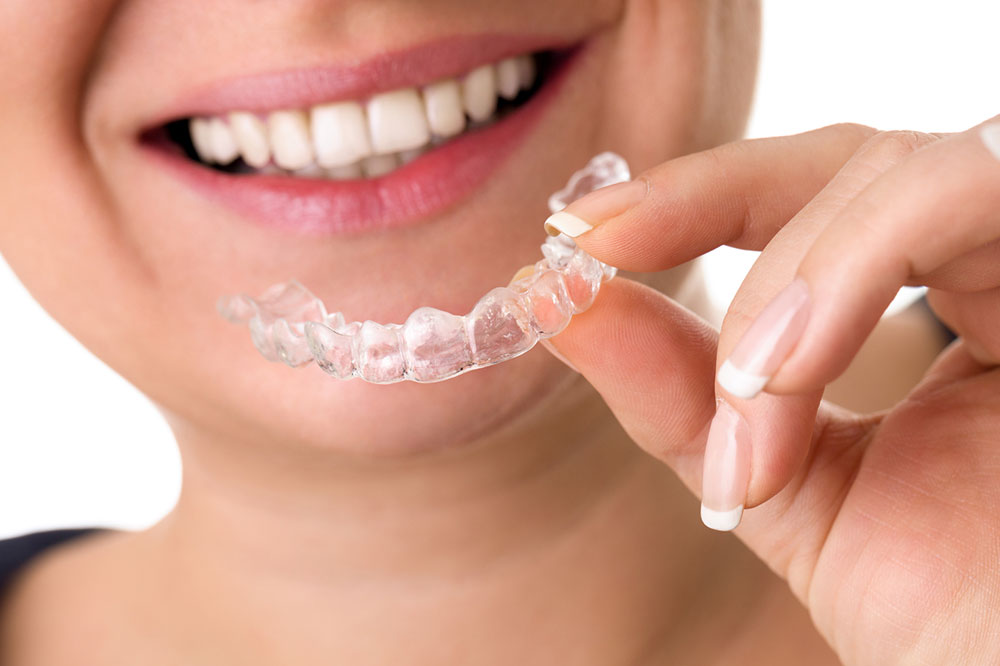Advantages and Disadvantages of Clear Orthodontic Aligners
Explore the key advantages and disadvantages of clear orthodontic aligners like Invisalign®. Learn about their comfort, aesthetics, maintenance, and suitability for different cases. Make an informed decision about your orthodontic treatment with our comprehensive overview.

Advantages and Disadvantages of Clear Orthodontic Aligners
Clear orthodontic aligners, commonly known as Invisalign®, present an appealing alternative to traditional braces for both teens and adults. If you're contemplating using these transparent orthodontic solutions instead of metal braces, it's important to weigh their benefits and limitations.
Benefits of Clear Aligners
These innovative braces offer several advantages over conventional metal options:
Enhanced Comfort
Since these aligners lack sharp edges and wires, they cause less irritation and discomfort when speaking or chewing.
Simple Maintenance
The aligners can be easily removed for cleaning, making it easier to maintain oral hygiene and reduce bad odors.
Discreet Appearance
Many individuals prefer clear aligners because they are nearly invisible, allowing professionals and social settings to see less of the braces, boosting confidence during meetings or events.
Limitations of Clear Aligners
Despite their advantages, there are some drawbacks to consider before choosing Invisalign®:
Best for Mild Cases
This treatment is most effective for mild orthodontic issues. Severe cases may still require traditional braces.
Wearing Commitment
Aligners need to be worn for at least 22 hours daily for effective results. Frequent removal or forgetfulness can delay progress.
Potential for Loss
Since they are removable, there's a risk of misplacing or losing the aligners, which can impact treatment and costs.










